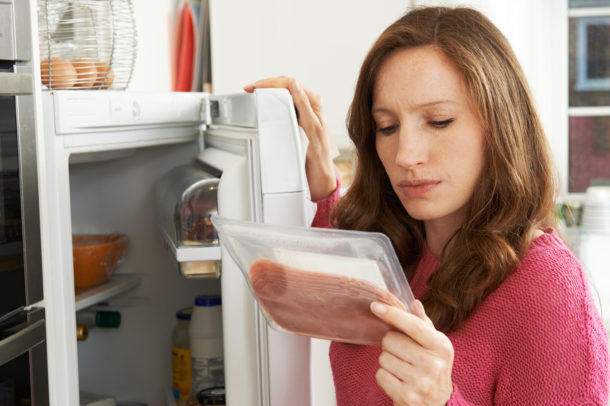Submitted by Emily Campbell, RD CDE MScFN
Phosphorus is a mineral found in our food and is essential for strong and healthy bones. But too much of anything is not good, and with chronic kidney disease (CKD), excess phosphorus can lead to itchy skin and painful joints and cause calcium to be pulled from the bones, making our bones weak. This occurs because the kidneys filter the minerals, phosphorus, sodium, and potassium. With CKD, our kidneys cannot filter these minerals, causing a build-up in our blood.
If you have CKD, controlling phosphorus is important. There are three different types of phosphorus to be aware of. The body absorbs each of these differently, so it is necessary to choose phosphorus sources wisely.
Phosphorus Additives
Phosphorus additives are found in packaged and processed foods, such as bakery products (e.g. cakes or muffins), frozen entrees or proteins, packaged meals, crackers, and non-dairy beverages.
The body absorbs 90-100% of phosphorus additives (Ref 1, 2), making it is necessary to avoid them at any stage of CKD. There are many phosphorus additives; some common types are phosphorus acid, sodium phosphate, or monocalcium phosphate. Phosphorus additives can be identified in the ingredient list by the “PHOS.”
Animal Sources
The phosphorus found in meat and dairy is less well absorbed by the body, between 30-80%, compared to phosphorus additives, which are absorbed at 90-100% (Ref 1, 4, 5). With CKD, a reduction in animal protein is often recommended to help preserve kidney function. This also helps manage phosphorus, as meals containing high animal protein can increase phosphorus values.
At meals, aim to limit portions of animal protein to 2.5 to 3 oz. per meal — about the size of a deck of cards.
Plant Sources
Plant-based products have the lowest absorption rate compared to other sources of phosphorus. These include nuts, seeds, legumes, beans, and whole grains. It is estimated plant sources of phosphorus are absorbed at 20-40% (Ref 1, 3, 4). This is one reason recent recommendations have included whole grains and plant-based proteins in a kidney-friendly diet.
Aim to have one plant-based meal daily to help control your phosphorus levels.
Conclusion
Managing phosphorus in your diet is a complex task when you have CKD. Phosphorus management and reduction that begins in the early stages of CKD will continue through dialysis treatments. Working with a registered dietitian can help keep your phosphorus values on target.
The chart below shows how each source of phosphorus is absorbed differently by the body.
| Food Source | Absorption | Food examples | Example |
| Plant sources | 20-40% | Chickpeas, lentils, nuts, seeds | Chickpeas (½ cup) 146 mg with 29 – 58 mg absorption |
| Animal sources | 30-80% | Chicken, fish, beef, eggs, milk, yogurt, cheese | Chicken (75 g) 160 mg with 48 – 128 mg absorption |
| Phosphorus additives | 90 – 100% | Foods with “PHOS” in the ingredient list (e.g. dark pops, some crackers, cereals or packaged foods) |
References:
1. Kalantar-Zadeh K, et al. Understanding Sources of Dietary Phosphorus in the Treatment of Patients with Chronic Kidney Disease. CJASN. 2010, 5 (3) 519-530.
2. D’Alessandro, C., Piccoli, G.B. & Cupisti, A. The “phosphorus pyramid”: a visual tool for dietary phosphate management in dialysis and CKD patients. BMC Nephrol. 2015, 16 (9).
3. St-Jules, D. E., Jagannathan, R., Gutekunst, L., Kalantar-Zadeh, K., & Sevick, M. A. Examining the Proportion of Dietary Phosphorus From Plants, Animals, and Food Additives Excreted in Urine. Journal of renal nutrition. 2017, 27(2), 78–83.
4. Rose SD, Strombom AJ, et al. A Plant-based Diet Prevents and Treats Chronic Kidney Disease. JOJ Urology and Nephrology. 2019, 6 (3).
5. Calvo MS, Moshfegh AJ, Tucker KL. Assessing the Health Impact of Phosphorus in the Food Supply: Issues and Considerations. Adv Nutr. 2014, 5(1), 104-13.

